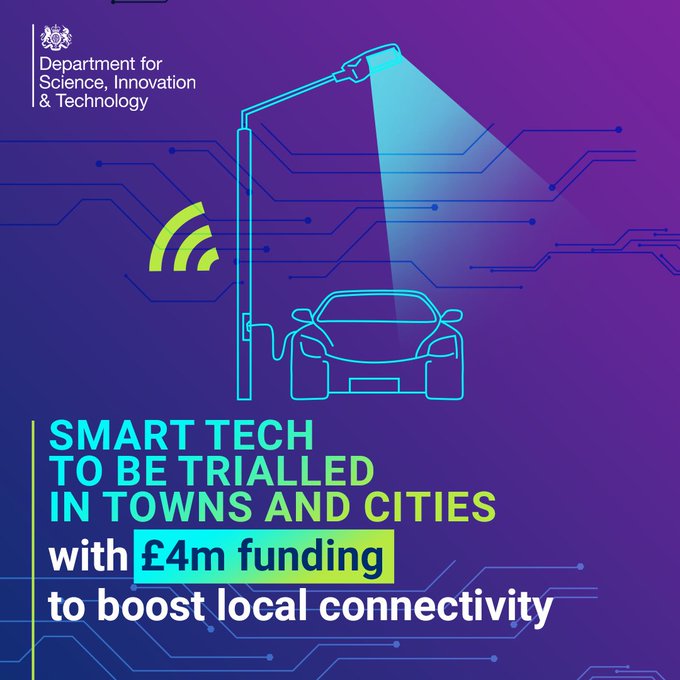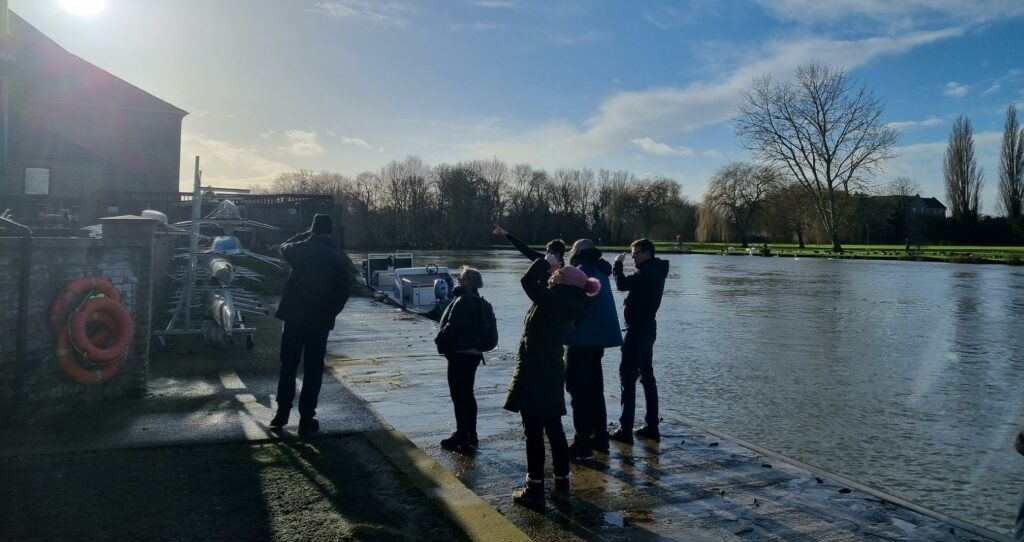Air quality monitoring of Mill Road bridge closure

A study to monitor air quality and traffic movements is being carried out during the temporary closure of Mill Road Bridge.
Cambridge City Council has been awarded grant funding from Defra to purchase new equipment to monitor air quality in and around and the Mill Road area, while the bridge is closed for eight-weeks to allow Govia Thameslink to carry out crucial work to improve rail services.
The Smart Cambridge programme has also taken the opportunity to gather data before the closure, and will continue to do so while there is no vehicle traffic coming over Mill Road Bridge and then after the bridge is re-opened, allowing engineers to see the impact of the closure on surrounding roads.
This is part of a joint project between the City Council, Cambridgeshire County Council, Greater Cambridge Partnership and University of Cambridge that will help to build a more comprehensive picture of road usage and its impact on air quality.
Cllr Rosy Moore, Executive Councillor for Climate Change, Environment and City Centre, said: “This is an excellent opportunity to monitor air quality as a result of a change in the traffic flows in and around Mill Road.
“Working with Cambridgeshire County Council, the GCP and the University of Cambridge allows us to pool all of our data and provide understanding of how interventions of this nature affect air quality, traffic flows and people’s behaviour.”
The city council’s new air quality monitoring equipment provides detailed data throughout the day to identify any emerging trends. It will be taking place alongside traditional air quality monitoring methods which will be used at the same time.
The monitoring will be in place on Mill Road and along the proposed diversion routes during and after the closure to assess its impact on air quality in the area.
The Smart Cambridge programme, which is led by the County Council and part of the Greater Cambridge Partnership (GCP), will be collating and analysing the traffic monitoring data to help the GCP understand how people use the road network.
The public will be able to view the collected data throughout the course of the project as it becomes available. Links to the data will be available via both the Cambridge City Council and Greater Cambridge Partnership websites.
At the end of the project, detailed analysis of the data will be undertaken to assess the effect of the road closure on air quality in the Mill Road area and the trial of the new air quality monitoring equipment.
The findings will be used to assist with further monitoring studies and also the planning of proposed infrastructure improvements in and around Cambridge.
Claire Ruskin, Executive Board Member for the Greater Cambridge Partnership, said: “We need robust data on how people use our roads and this is a real chance to gain an understanding of how thousands of people move in, through and around this area.
“Taking this opportunity to collect data while Mill Road bridge is closed and then reopened to vehicles means the Smart Cambridge programme can better understand the impact road closures and road works have on traffic levels and routes. Understanding this will inform future decisions about managing increased congestion and providing solutions for getting people around our city.”
The Mill Road closure traffic sensor data can be publicly viewed on the Cambridgeshire Insight open data portal.
Related Posts

Connecting Cambridgeshire secures £220K funding from Smart Infrastructure Pilots Programme competition

Public and private sector unite to research self-driving vehicles in Cambridge

